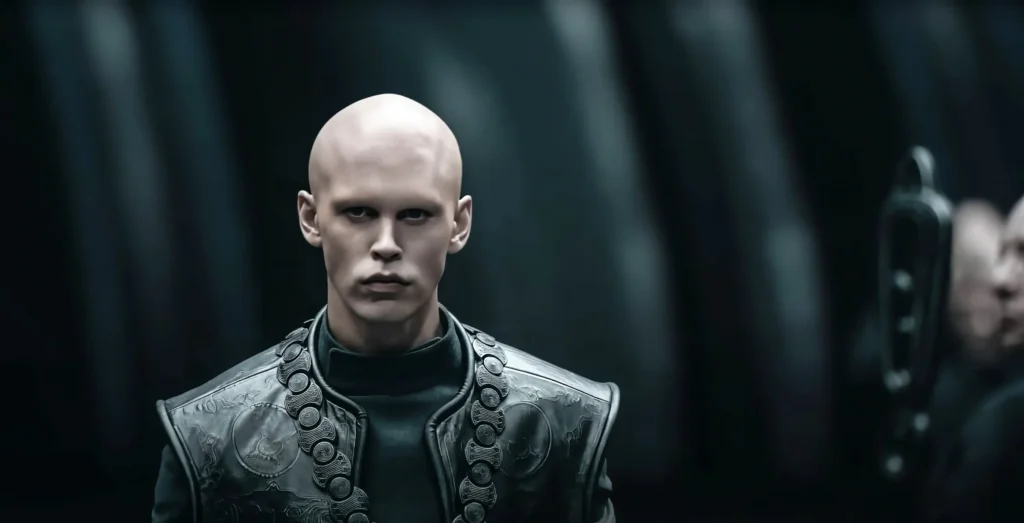In the highly anticipated Dune: Part Two, it’s not just the stellar performances by Timothée Chalamet, Zendaya, and Austin Butler that steal the spotlight; it’s the fashion. The film’s costume design, reminiscent of Rick Owens’ aesthetic, is a standout feature, resonating with today’s fashion trends.
For decades, science fiction has influenced fashion designers. Raf Simons referenced the classic ’80s film Blade Runner in his SS18 show, while Alexander McQueen’s spring 2010 collection, “Plato’s Atlantis,” drew inspiration from futuristic elements. The sleek all-leather ensembles in The Matrix, initially inspired by ’90s BDSM culture, have now become emblematic of the recent Y2K fashion resurgence.
However, rather than forecasting future fashion trends, Dune: Part Two feels more connected to contemporary fashion. Costume designer Jacqueline West revealed in an interview with British Vogue that she drew inspiration from the art of H.R. Giger, the Swiss surrealist artist known for designing the alien in Alien, when creating the gothic looks for the Harkonnens.

The film’s color palette, featuring sand tones, muddy greens, browns, and faded blacks, resembles those used by labels like Fear of God, Craig Green, and Casey Casey. The ceremonial attire worn by Austin Butler’s character, Feyd-Rautha Harkonnen, echoes the long, straight-cut tunic shapes of cult designer Kiko Kostadinov. The frayed shawls and deconstructed overcoats worn by Timothée Chalamet’s character, Paul Atreides, evoke the style of Yohji Yamamoto from the ’90s.
The desert landscape of Dune is reflected in the distressed, weathered look of the life-saving stillsuits worn by Chalamet and his co-stars. This same aesthetic is mirrored in intentionally weathered Margiela gloves and jumpers.
The stillsuits and high-necked Harkonnen body armors bear a striking resemblance to Rick Owens’ designs, with flared hems, rugged, striated boots, and a classic Owens aesthetic that appears to be transported to an apocalyptic, far-flung planet.
Dune: Part Two’s fashion draws clear parallels with today’s menswear trends. As post-pandemic fashion continues to evolve, designers are exploring themes of disease, famine, and ecological collapse. The possibility of future Dune films deepening this connection between film and fashion is tantalizing. Collaborations between designers like Rick Owens or Kiko Kostadinov and the Dune franchise could offer a fascinating glimpse into the intersection of cinema and contemporary fashion.
Just as Jean-Paul Gaultier designed iconic costumes for The Fifth Element in 1997 and Paco Rabanne created the campy dresses for Barbarella in 1968, a potential Dune: Part Three could see high-profile designers contributing to the film’s costumes. With the massive success of Dune: Part Two, such a collaboration seems increasingly likely. Who knows, maybe in the next installment, we’ll see Rick Owens’ designs on Arrakis.





















